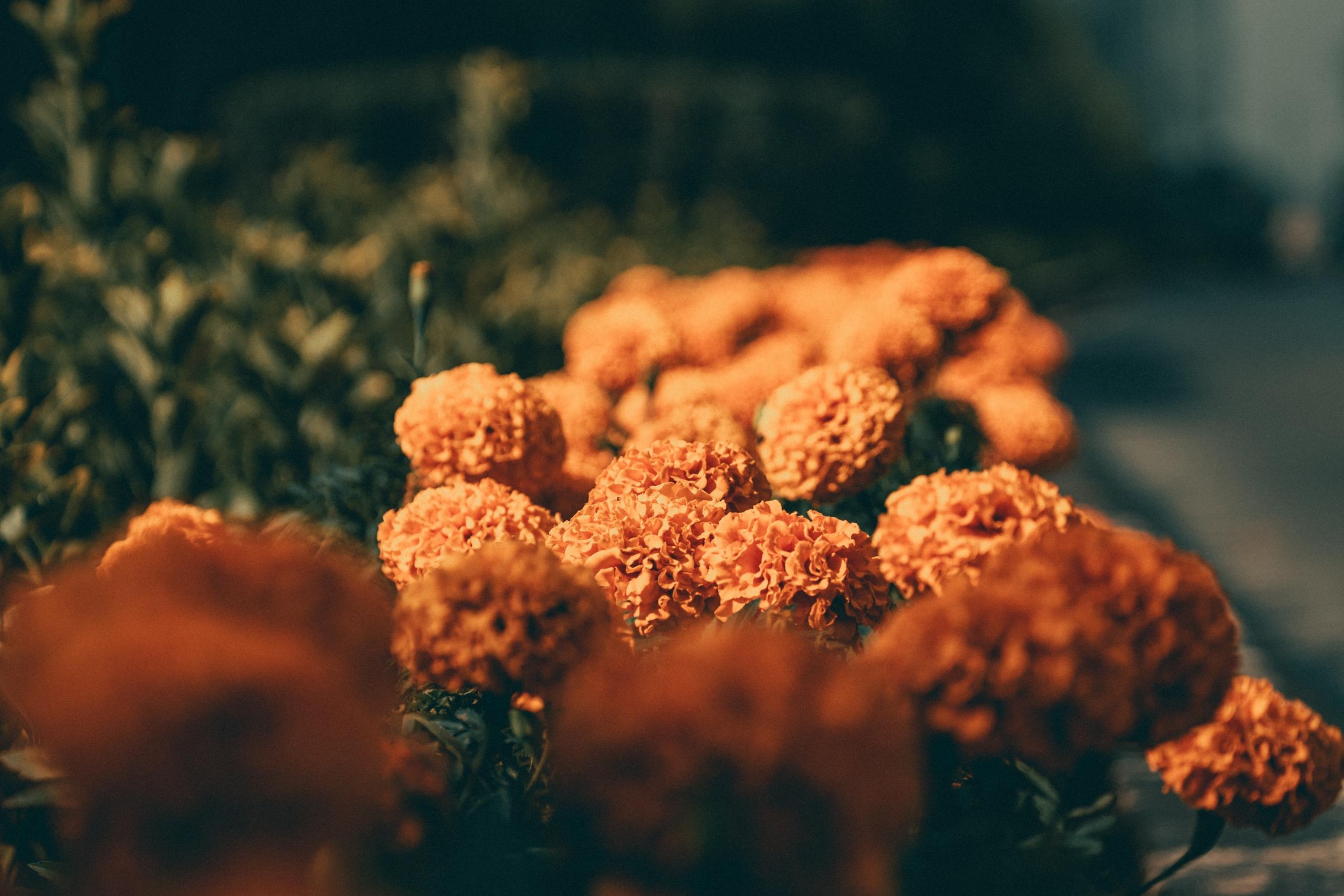In the heart of Mexico, a captivating festivity unfolds each year, enchanting all who partake in its vibrant tapestry of traditions. This jubilant fiesta is none other than "Día de los Muertos," the Day of the Dead.
Steeped in Mexican heritage, this holiday pays homage to the dearly departed in a spectacular manner. With intricate altars, radiant marigold flowers, and a kaleidoscope of traditional Mexican dress, Día de los Muertos traditions burst forth in a dazzling display of color and customs.
In late Oct. and early Nov., the colorful Calaveras, elaborate altars, and joyful gatherings of people bring forth the cherished holiday of Dia de los Muertos in Mexico.
Join us as we journey through the heartwarming and spirited celebrations in Mexico, uncovering the deep-rooted Mexican customs that make this Mexico holiday an experience like no other.

Día de los Muertos Traditions
Day of the Dead is a beloved Mexican tradition celebrated with great fervor in late October and early November. It is a testament to the enduring Mexican heritage that transcends generations, blending indigenous roots and Spanish influences.
At its heart, this celebration is a beautiful mosaic of culture, love, and remembrance, offering a unique perspective on how Mexicans honor loved ones who have passed.
In cities and towns throughout Mexico, the vibrant festivities of Día de los Muertos come alive. People gather to pay homage to their ancestors, family members, and friends who have departed from this world. The celebrations are as diverse as the country itself, with each region adding its unique touches to the tradition.
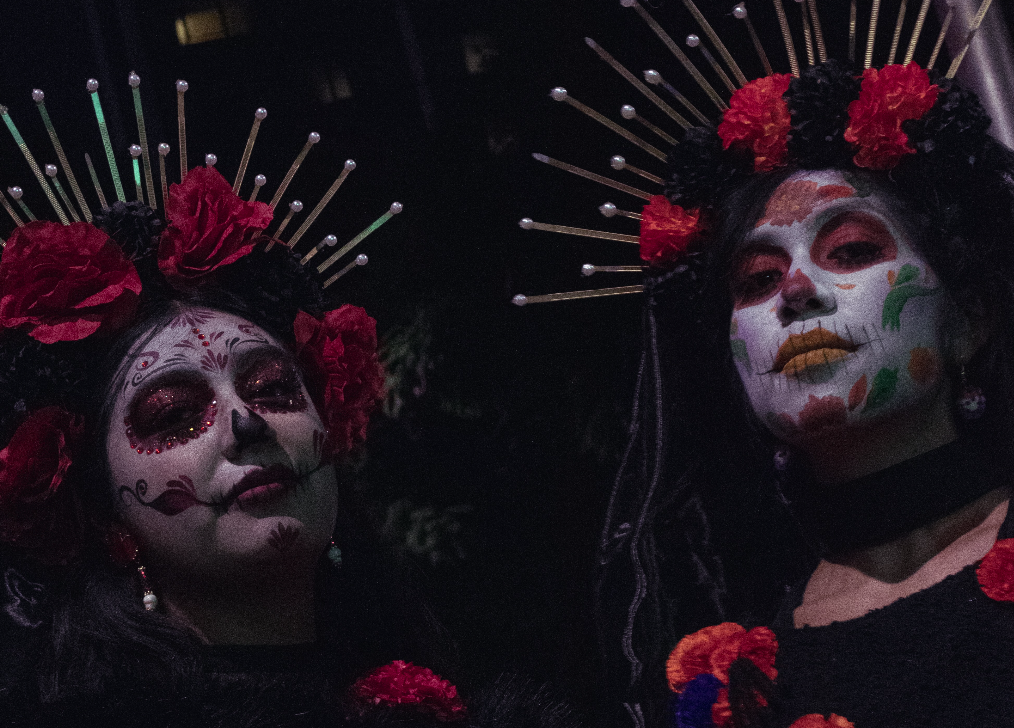
A notable figure that graces these celebrations is La Catrina, the elegantly dressed skeletal figure who has become an icon of the Day of the Dead.
La Catrina reminds us that, beneath our differences, we are all equal in death, emphasizing the importance of unity in Mexican customs.
One of the most prominent features of these festivities is the construction of altars, or "ofrendas." These meticulously crafted altars serve as a bridge between the realms of the living and the dead. Adorned with marigold flowers, sugar skulls, and intricately cut paper decorations known as "papel picado," these traditions create a visually stunning tribute to those who have passed.
They also feature the favorite foods and beverages of the departed souls, inviting them to return and enjoy a meal with their loved ones.
This festival extends over several days, with different activities taking place on each. Families often visit cemeteries to clean and decorate the graves of their ancestors.
It's a moment of reflection and honor, where they share stories, memories, and even a meal with their dearly departed. This tradition brings a profound sense of unity among families and reinforces the ties that bind them.
In a world filled with traditions, Día de los Muertos stands as a unique and beautiful festivity of Mexican heritage. It is a celebration of life in the face of death, a vibrant testament to the deep connection between families, and a tribute to the spirits of the departed.
The festivities in late October and early November are more than just rituals; they are observations that speak to the heart of Mexico's identity, preserving and passing down its rich heritage from one generation to the next.
Building Dia de los Muertos Ofrendas
Ofrendas are the central elements of Day of the Dead celebrations, and they serve as the bridge between the living and the deceased. These meticulously constructed altars are often placed in homes, cemeteries, or even in the heart of the city to pay tribute to loved ones who have departed from this world. These altars are far from morbid; instead, they are a reflection of the joy and respect for the lives of those who have passed.
The history of ofrendas is deeply rooted in the indigenous Mexican way of life, long predating the Spanish arrival.
Indigenous peoples, like the Aztecs and Maya, had their own death-related traditions, which have seamlessly blended with Spanish Catholic customs to form the unique celebration we see today.
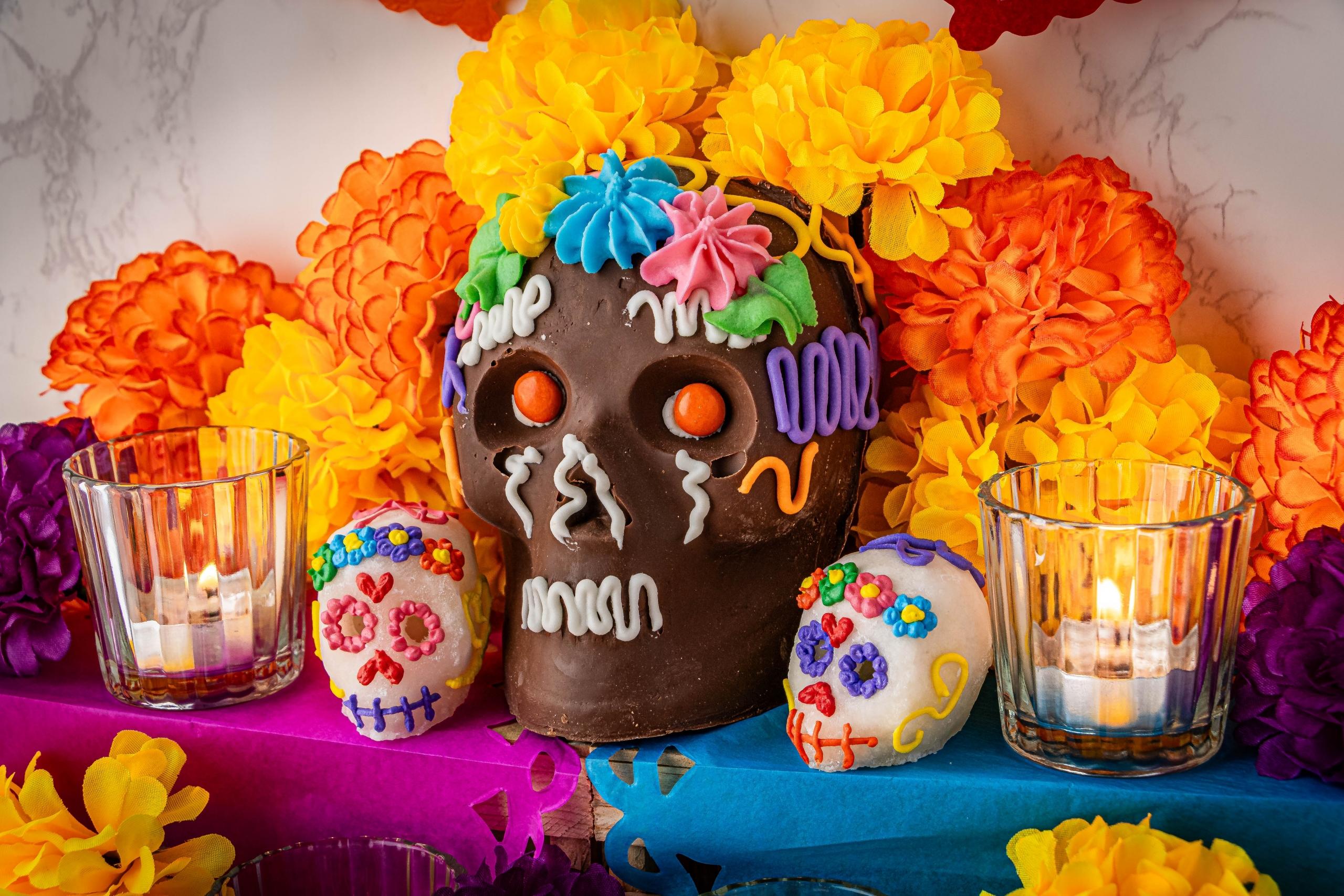
When constructing these altars, families meticulously select a wide array of items to symbolize different aspects of the deceased's experience. Bright orange marigold flowers, or "cempasúchil," are an integral part of the offerings, believed to help guide the spirits of the deceased back to the world of the living. Intricate sugar skulls, often decorated with the name of the loved ones, provide a whimsical contrast to the solemnity of death.
These offerings also feature the deceased's favorite food and drinks, candles to light the way, and the iconic "papel picado" (perforated paper), which adds an elegant touch to the altar. A portrait of them, sometimes accompanied by a Catrina figure, the elegant skeleton lady, is also displayed.
The Catrina symbolizes the idea that death is a great equalizer, affecting every one of us.
These traditions tell a powerful story, one that transcends death itself. They are not only an artistic and cultural tribute but a loving and spiritual one as well.
By offering a place for the spirits to return, Day of the Dead altars are a means of keeping the memories of loved ones alive and celebrating their place in the ongoing tapestry of family and Mexican culture.

Iconic Day of the Dead Elements
Every November in Mexico, the streets of cities and towns come alive with vibrant colors and a palpable sense of celebration. The Day of the Dead, is a time-honored tradition that pays homage to the deceased with a fusion of history, culture, and remarkable elements that distinguish it as a truly iconic festival.
One of the most iconic Day of the Dead elements is the marigold, or "cempasúchil," a bright orange flower that takes center stage during the celebrations. These striking blooms are believed to guide the souls of the deceased back to the world of the living. They adorn ofrendas, cemetery altars, and streets, filling the air with their distinctive scent and vibrant hues.
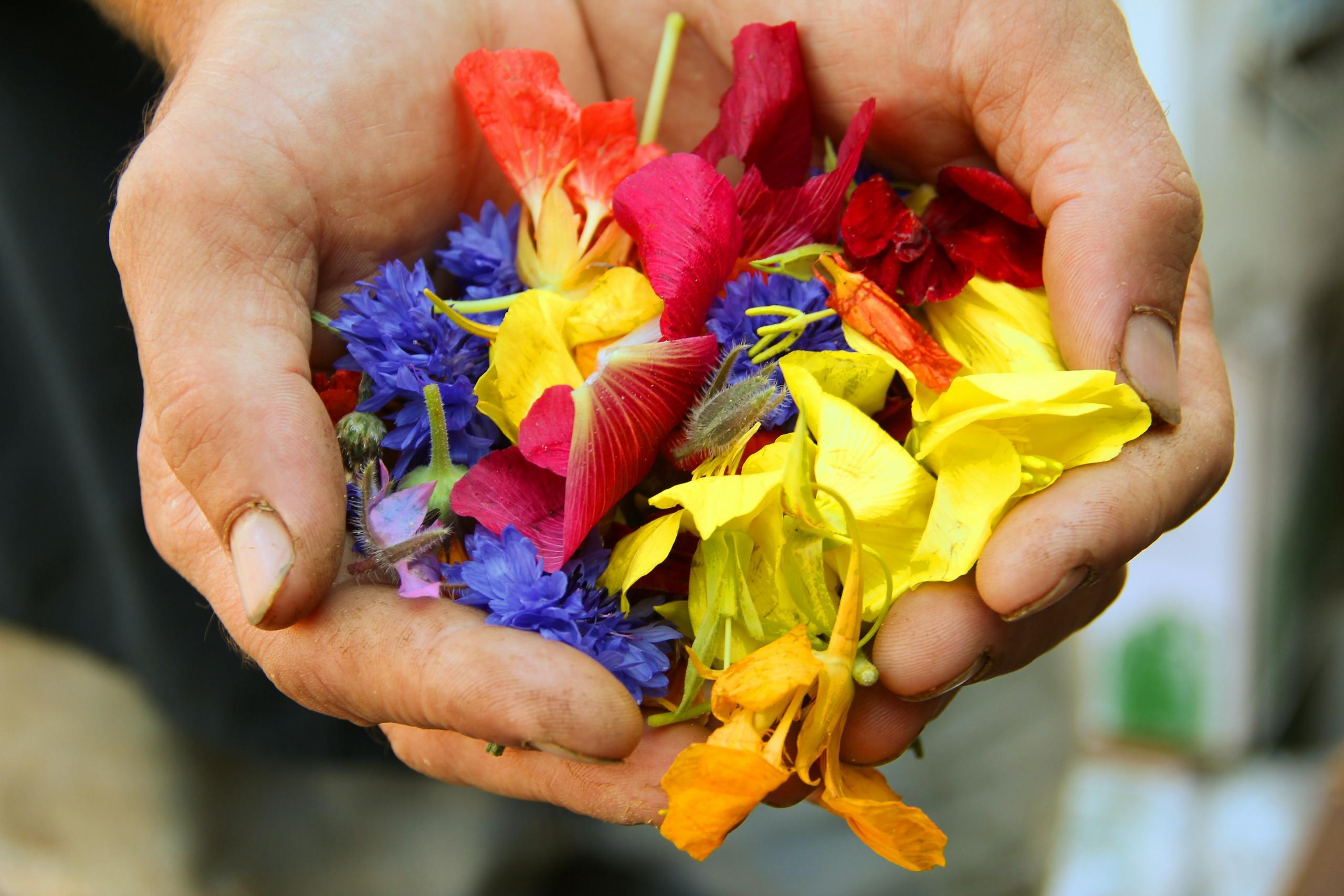
Traditional dress is another striking feature of the festivities. Participants often wear costumes that harken back to their indigenous roots, featured with intricate embroidery and colorful textiles. These traditional outfits symbolize a connection to ancestral heritage, paying homage to the past and embracing their identity.
Food plays a central role during the Day of the Dead, as families prepare the favorite dishes of their deceased loved ones. These offerings, placed on ofrendas, create a feast for the souls of the departed. Pan de Muerto, or "bread of the dead," is a traditional sweet bread shaped like skulls and bones, and it is often the centerpiece of these offerings.
Calaveras, or sugar skulls, are edible works of art. Crafted with care and intricate designs, they bear the names of those who have perished, and they are both a tribute and a reminder of the cycle of life and death.
For several days in October and November, these iconic elements come together, creating a breathtaking spectacle that is celebrated with unwavering devotion. The marigolds, traditional dress, and culinary delights merge to honor the souls of the departed while connecting the living to their roots and history. The Day of the Dead is a magnificent blend of tradition, artistry, and reverence, showcasing the heart and soul of Mexico's rich cultural tapestry.
Dia de los Muertos Skulls and Costumes: The Artistry of the Celebration
In the heart of a bustling Mexican city, the air becomes infused with an aura of artistry and profound meaning. The Dia de los Muertos festival, a vibrant festivity that captures the essence of Mexico, is a canvas for creativity. At its core, the artistry of this festival is beautifully exemplified through the intricately designed skulls and costumes that take center stage.
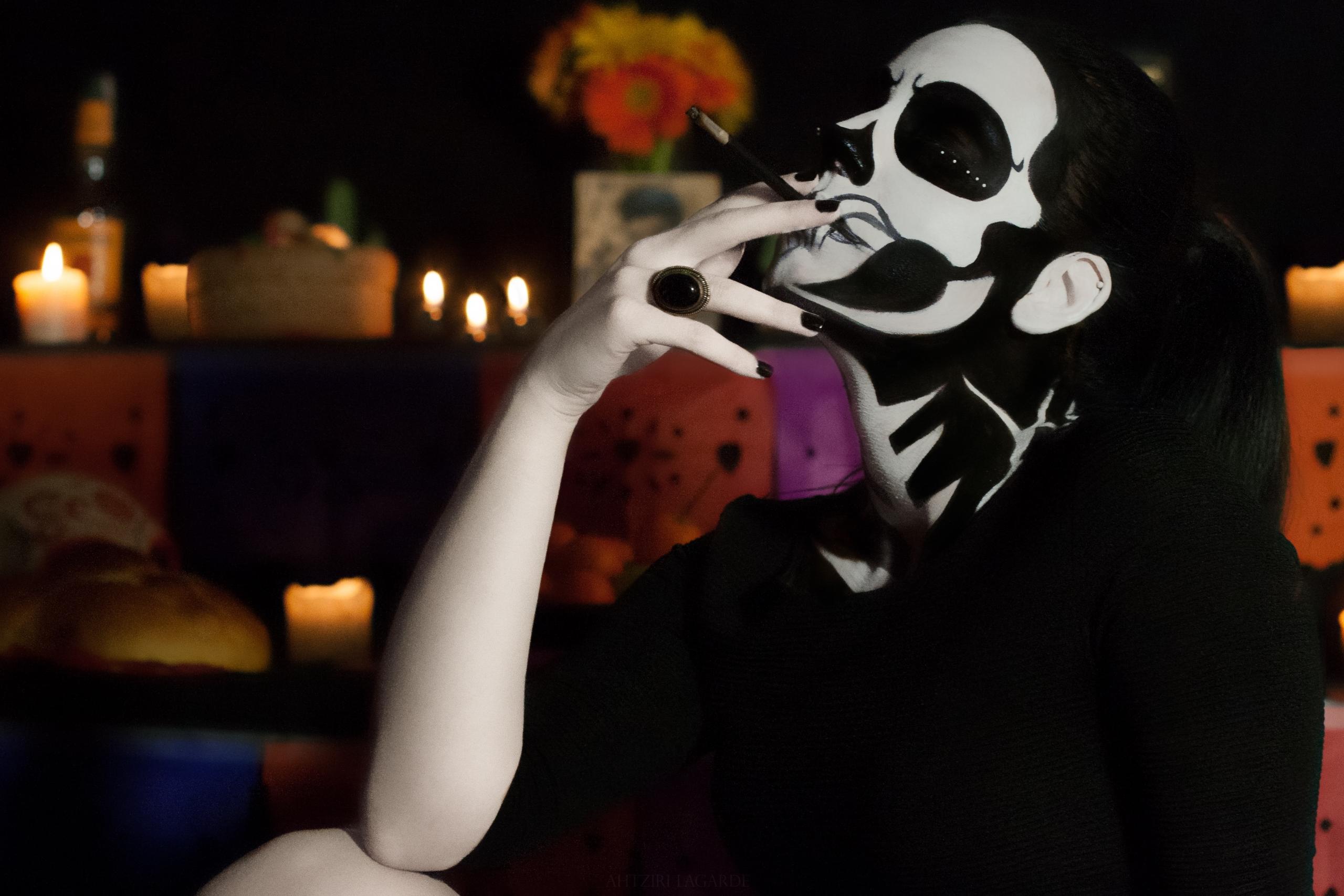
Dia de los Muertos costumes are a vibrant extension of this artistic expression. Traditional Mexican dress becomes a vivid canvas for creativity, with elaborate embroidery, colorful fabrics, and captivating headdresses. These costumes pay tribute to the indigenous roots of Mexican customs while embracing the celebration's colorful and lively spirit.Marigolds, or "cempasúchil" flowers, play a crucial role in these artistic expressions. They not only embellish the ofrendas but are often woven into the costumes, creating a seamless blend of heritage and creativity. The orange and yellow petals of marigolds are reminiscent of the vibrancy of living and evoke the radiant energy of the festival.
The artistry of Dia de los Muertos is a significant reminder that, in Mexican culture, death is not feared but embraced as an integral part of the human experience, commemorated through creativity and reverence. It is a beautiful manifestation of the cultural tapestry of Mexico, where art and heritage merge in a grand celebration of life and remembrance.
Discover Additional Traditions with Superprof
If you're eager to explore the captivating traditions of Day of the Dead , Superprof offers a platform where you can find experienced and passionate Spanish tutors who can provide in depth lessons over the holiday and essential vocabulary. Master Spanish through personalized lessons, cultural celebrations, and traditions that will inspire you to continue and excel in your learning.

